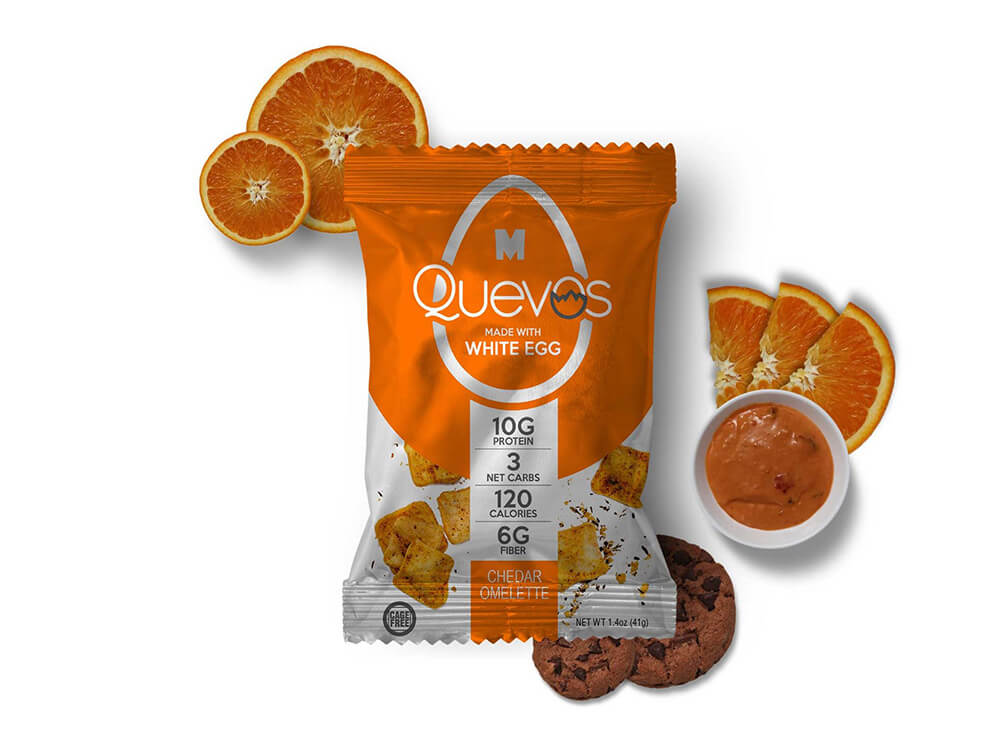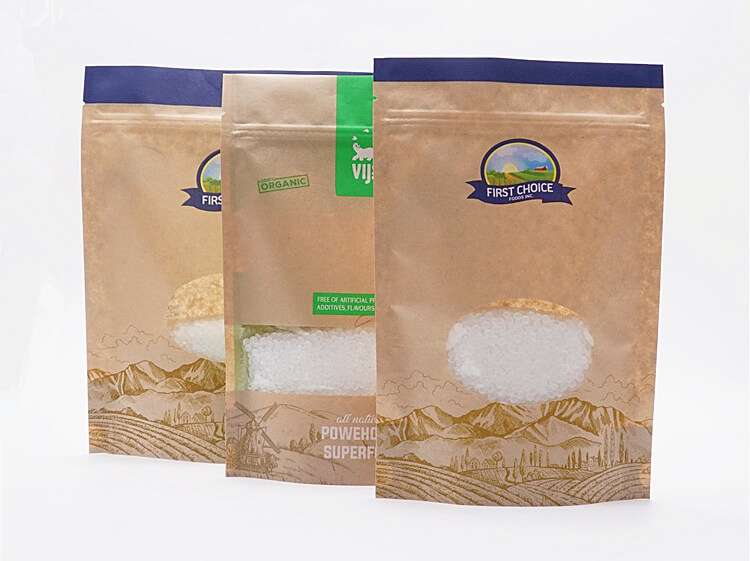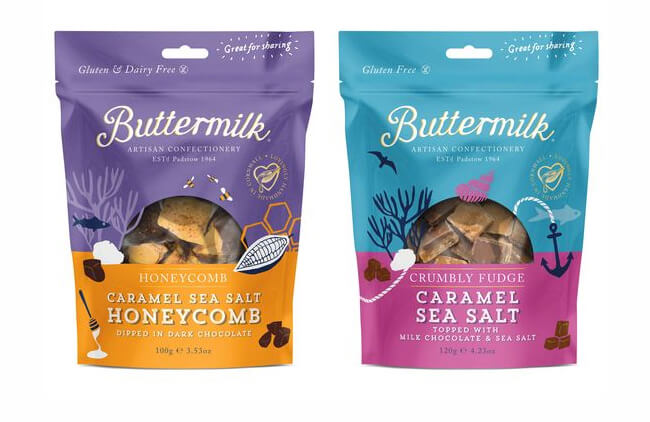Thanks to the increasing rise in e-commerce, the packaging industry has regained momentum in recent years. Today, everyone around the globe prefers to buy items online rather than going to a store. Players in the manufacturing business would be interested in learning more about this. Aside from e-commerce, the packaging market is supported by several other industries, including food, healthcare, and consumer products. Each of these industries is seeing new trends arise.
Additionally, the packaging sector is becoming heavily dependent on customers' changing needs. Players in the packaging industry are developing innovative products to fulfill these ever-changing demands. These factors, as well as difficulties, quantitative and qualitative assessments, geographic analysis, and competitive market dynamics, are crucial for developing strategies. These questions are answered in our reports, serving as a one-stop information library. The in-depth knowledge of the packaging market will not only assist you in grasping the current and future features of the industry. Still, it will also help you develop a game-changing plan for the future.
In the packaging sector, there is much competition. These publications give greater insight into significant firms' strategies for staying ahead in the packaging business. In addition, many new players are eager to join the league because of its potential for expansion. Our reports' findings will aid you in understanding the dynamics between small and large companies. Marketers need to build a packaging concept around which to formulate packaging policies and strategies when developing these. A packaging concept is a description of a product package and the functions it is expected to accomplish for that product.
Flexible packaging industry overview:

Flexible packaging is any type of flexible packaging made of paper, plastic, film, aluminum foil, or a mix of these materials. Standard flexible packaging includes bags, pouches, labels, liners, wraps, roll stock, and other flexible items.
This type of packaging is widely accepted in consumer goods, notably in the food and beverage industry. Some industrial commodities, such as chemicals, pharmaceuticals, lubricants, and bulk food and beverage ingredients, are packaged in flexible packaging. Demand for flexible packaging is increasing as these end-use sectors grow, and the global market for flexible packaging industry is predicted to increase at a rapid rate over the forecast period.
Warps, packs, roll stock, pockets, liners, marks, and other adaptable components are some of the most prevalent types of versatile bundling utilized by many end-user sectors. Flexible bundling by and large structures recognition in shopper products, notably in the Food and Beverage area.
The rapid growth of the industrial sector in emerging nations and the explosion of synthetic chemicals and drug firms in the region are the main factors driving the development of Industrial Flexible Packaging. Currently, a variety of raw materials for these enterprises are put into flexible packaging due to its lower cost, lower production cost, and packing time, as well as its smaller weight. Its lightweight capabilities provide the benefits of lower calculated costs along with ease of transportation. This is allowing a number of well-known modern product manufacturers to shift away from rigid packaging and toward flexible packaging.
Environmental worries about the use of plastic or polymer-based packaging, on the other hand, are dictating the market, with few firms opting for cardboard or wood-based non-flexible packaging. The global food and beverage business is being pushed by the growing number of industries and factories and consumer demand for food and beverages.
Request a QuoteFlexible packaging market demand and growth:

Flexible packaging is becoming more popular than many other types of packaging. It comprises market development and growth drivers such as e-commerce, digital printing, and sustainability. Customers are increasingly willing to pay a premium for unique product features made possible by flexible packaging. According to the Flexible Packaging Association, more than 60% of North American consumers are willing to pay more for tangible and functional packaging benefits like product protection, transportation friendliness, and supply chain efficiency, among other things.
Rising development in Asian countries and the region's growing chemical and pharmaceutical industries are driving the rise of Flexible Packaging industry. Many raw materials for these industries are now packaged in flexible packaging because of their lower cost, shorter manufacturing time, and lighter weight. Its lightweight capabilities offer the advantages of lower logistic costs and easier transportation. Many well-known industrial product producers can now switch from rigid to flexible packaging due to this.
Flexible packaging is in high demand in the building and construction industry these days, especially for small and medium-volume products. The global food and beverage sector is being pushed by rising consumerism and demand for food and beverage goods, which is complementing the increased demand for its raw materials by F&B makers. These raw materials are frequently packaged in flexible packaging, which has resulted in an ever-increasing demand for flexible industrial packaging.
However, environmental concerns about the use of plastic/polymer-based packaging are limiting the market and encouraging a few producers to switch to non-flexible packaging made of wood and cardboard.
Request a QuoteWhat does the market/customers want?

The market wants longer shelf life for products with less environmental footprint. Demand for products with a longer shelf life is boosting sales of metalized flexible packaging.
The consequent necessity for proper food packaging and customers' today's stressful lifestyles are driving sales and demand for metalized flexible packaging. Metalized flexible packaging has several advantages, including extending product life and eliminating preservatives' usage. It has been observed that the food and beverage industry is altering its preference from traditional packaging formats to lightweight and easy-to-handle packaging. Metalized flexible packaging is lighter than rigid packaging, and it avoids the usage of extra materials such as glass, which adds to the packaging's weight.
Other packaging causes the interior product to lose moisture, affecting the quality and texture of food and medicinal products.
Metalized flexible packaging protects against vapor, oxygen, moisture, and odor, helping to prevent odor and aroma loss. The use of metalized flexible packaging is more lightweight than rigid packaging. It eliminates the use of glass and cans, extending the shelf life of food goods and reducing food waste.
Request a QuoteFlexible packaging market size:

What is the flexible packaging market size? In 2021, the global flexible packaging market was valued at US$ 124.9 billion. According to IMARC Group, the market would reach US$ 162.4 billion by 2027, growing at a CAGR of 4.5 percent between 2022 and 2027. Pkgmaker is constantly watching and evaluating the direct and indirect effects of COVID-19 on various end-use businesses, keeping in mind the pandemic's uncertainties. As a prominent market contributor, these insights are incorporated into the research.
With the current COVID 19 outbreak, flexible packaging makers have been confronted with many concerns that are only expected to last a few years. Supply chain delays, a lack of raw materials required in the manufacturing process, workforce shortages, and fluctuating pricing could lead the final product's production to inflate and go over budget. And shipping issues are some of the impacts of lockdown.
Request a QuoteFlexible Packaging Market trends:

The market has been divided into printed roll stock, preformed bags, pouches, and others based on product type. Printed roll stock is currently the most popular product. The market has been categorized into plastic, paper, aluminum foil, and cellulose-based on raw materials. Plastic is currently the most popular material.
Companies are becoming more interested in recyclable and recycled-content flexible packaging solutions due to a number of causes. Formable paper, for example, is gaining traction because it has great barrier qualities, is suited for lunchmeat and portion packs, and reduces plastic use by up to 80%.
Many companies throughout the world are adopting a trend of using mono materials to construct PE-based containers. Borealis and Borouge previously collaborated to develop a number of novels, fully recyclable mono-material pouch solutions for PE and PP-based goods.
The market has been divided into four categories based on printing technology: flexography, rotogravure, digital, and others. Flexography is the most popular type of flexography. Food & drinks are the largest application segment, accounting for the majority of the market share. Pharmaceuticals, cosmetics, and other applications are also popular.
Future of Flexible packaging markets:

The demand for flexible packaging is developing rapidly in the current environment of growing online sales and transactions. Furthermore, consumers choose actual and practical packaging since it is cost-effective, long-lasting, and lightweight. Consumers' preference for tactile and practical packaging is expanding.
Plastic polymers are commonly utilized in the production of flexible packaging films. This has increased demand for flexible packaging in the form of bags, pouches, bags, and other flexible items. During the forecast period of 2019-2027, the flexible packaging market will increase due to the rising demand for flexible packaging.
The Asia Pacific region is estimated to account for almost one-third of the worldwide flexible packaging market's revenue. The regional market's share was about 41% in 2019 and is expected to be around 45 percent by the end of the forecasted time period.
Due to increased demand, notably in the food and pharmaceutical industries, countries like India and China have seen significant growth in the worldwide flexible packaging market in the form of sachets and stick packs. The growing need for convenience packaging in emerging nations, on the other hand, has boosted the expansion of the flexible packaging market.
How to choose perfect flexible packaging:
Choosing the best flexible packaging materials is similar to seeing a physician. You must answer plenty of questions in order to find your solutions. Selecting the right materials, whether you're a food maker or a pharmaceutical company, maybe a difficult task. If you can answer the four-question below, it'll be easier for you to choose the perfect pack.
●What will your flexible package contain?
What purpose will your flexible packaging serve? Will it hold a liquid? Is it necessary to sanitize the product? The materials' compatibility with the goods is essential. When you're working with a liquid, it's a lot more complicated.
●How long do you need it to last?
Do the materials have to be tailored to a specific distribution style? Is the product subject to temperature variations, and does it have an expiration date? Because the liquid may need to be sealed from oxygen, barrier qualities come into play.
●What graphics will your flexible packaging design include?
In terms of graphic capabilities, the sky is the limit. But what are your package's branding and instruction needs, and how does it fit into your budget? Are the graphics complex or straightforward? Foy points out that flex packaging, such as a stand-up pouch, has a bigger printing surface than a plastic bottle. With this extra space, there are many possibilities - but what really has to be communicated?
●What materials do you want to use?
What materials will you use in the production process? It's crucial to understand the flexible packaging machine used in the procedure. Because the equipment's capabilities differ from one manufacturer to the next, you'll need to figure out if the output is even achievable given the limits of the machinery.
Suppose you are still confused about how to select the proper packaging for your company. In that case, you can contact Pkgmaker without any hesitation. Their professional design team will help you get the best flexible packaging for your goods.
Customize Now




